The ball in the fish's mouth represents 'bonnō' (煩悩), bad mental states (such as greed, jealousy and ignorance) that cloud one's mind.
Hitting the kaipan helps the fish 'spit out' the 'bonnō', the sound reminding the monks of their spiritual duties.
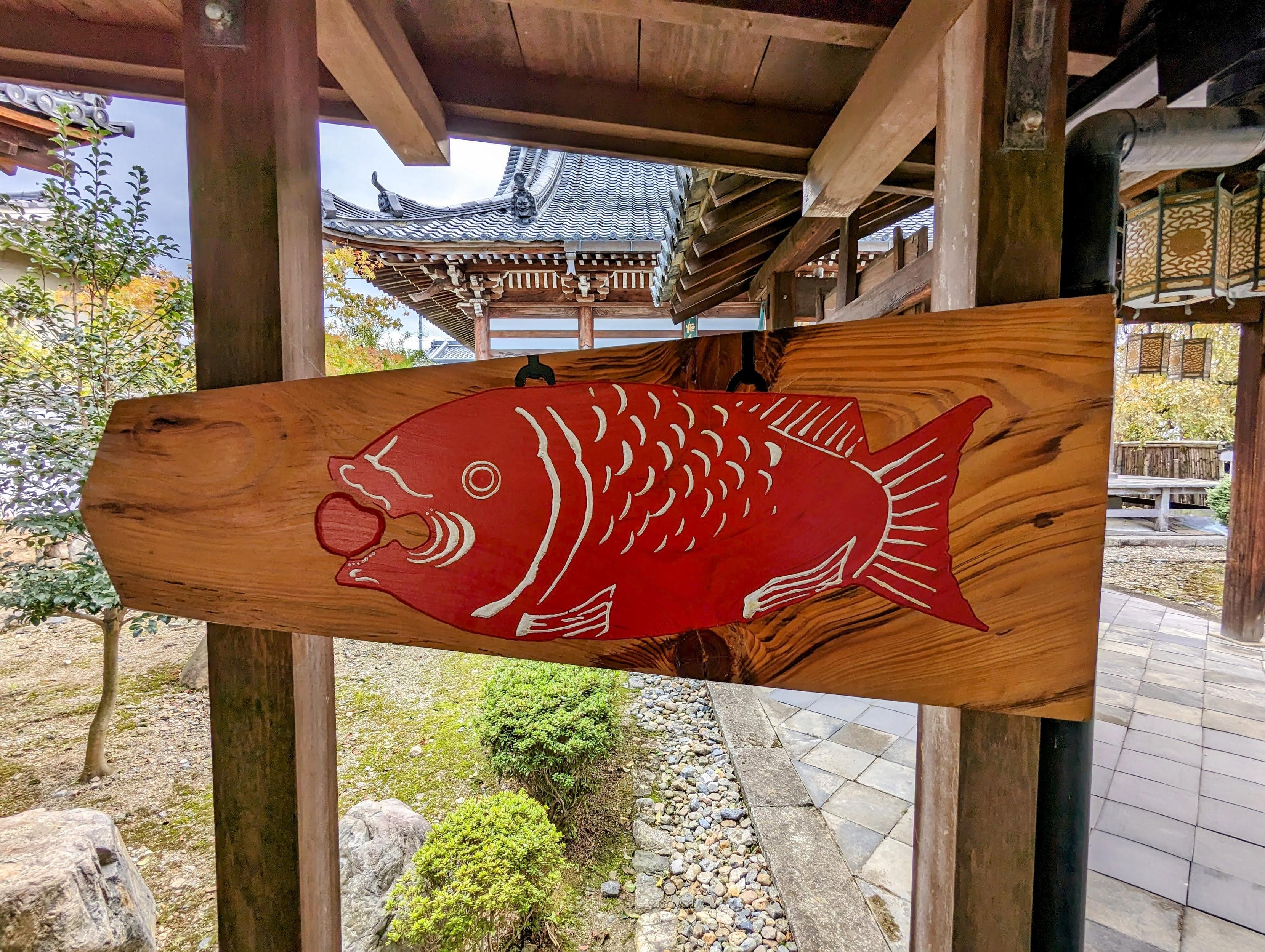


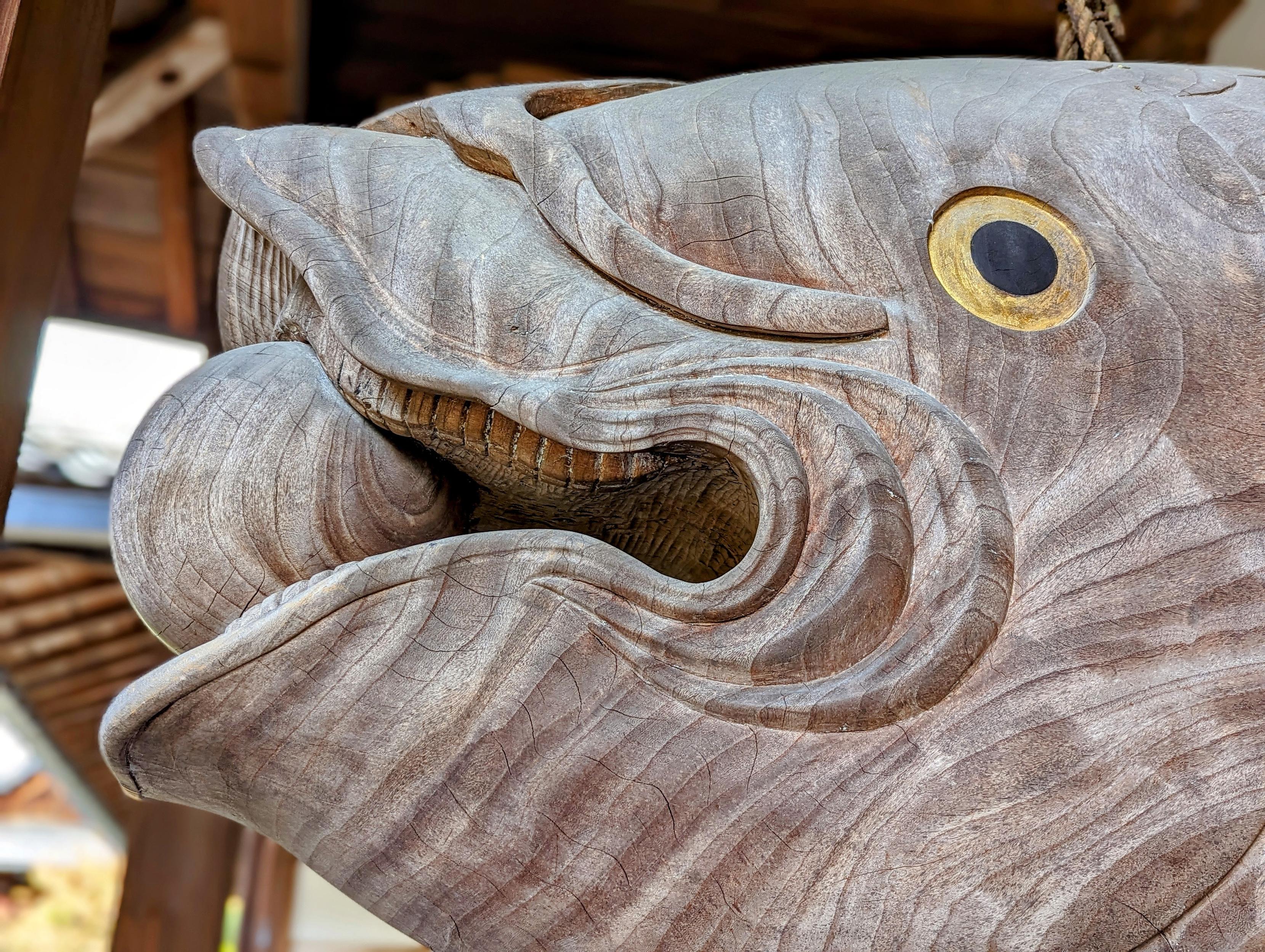
Discussion
The ball in the fish's mouth represents 'bonnō' (煩悩), bad mental states (such as greed, jealousy and ignorance) that cloud one's mind.
Hitting the kaipan helps the fish 'spit out' the 'bonnō', the sound reminding the monks of their spiritual duties.




The ball in the fish's mouth represents 'bonnō' (煩悩), bad mental states (such as greed, jealousy and ignorance) that cloud one's mind.
Hitting the kaipan helps the fish 'spit out' the 'bonnō', the sound reminding the monks of their spiritual duties.




🐉...
The layout of Manpuku-ji's structures and grounds is said to represent the abstract body of a dragon...the buildings and corridors its limbs, the paths its spine and scales, and the pond its gaping mouth.


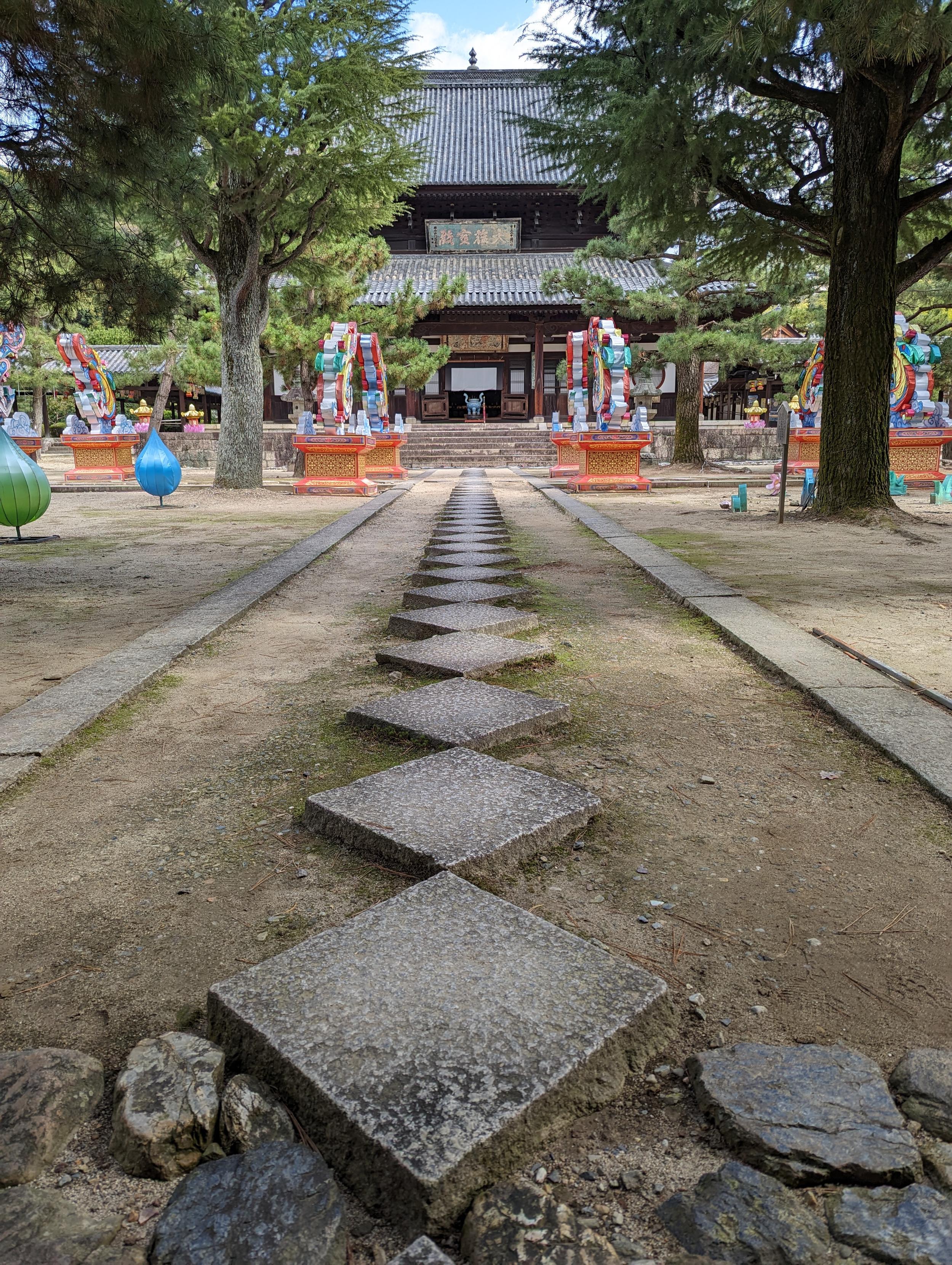

Ingen Ryūki (隱元隆琦 aka Yinyuan Longqi), the founder of the Ōbaku school of zen and Manpuku-ji, deeply influenced Japanese religion and culture by introducing many things from the mainland...such as sencha (green) tea, printing, medicine, art, music, and Buddhist cuisine.
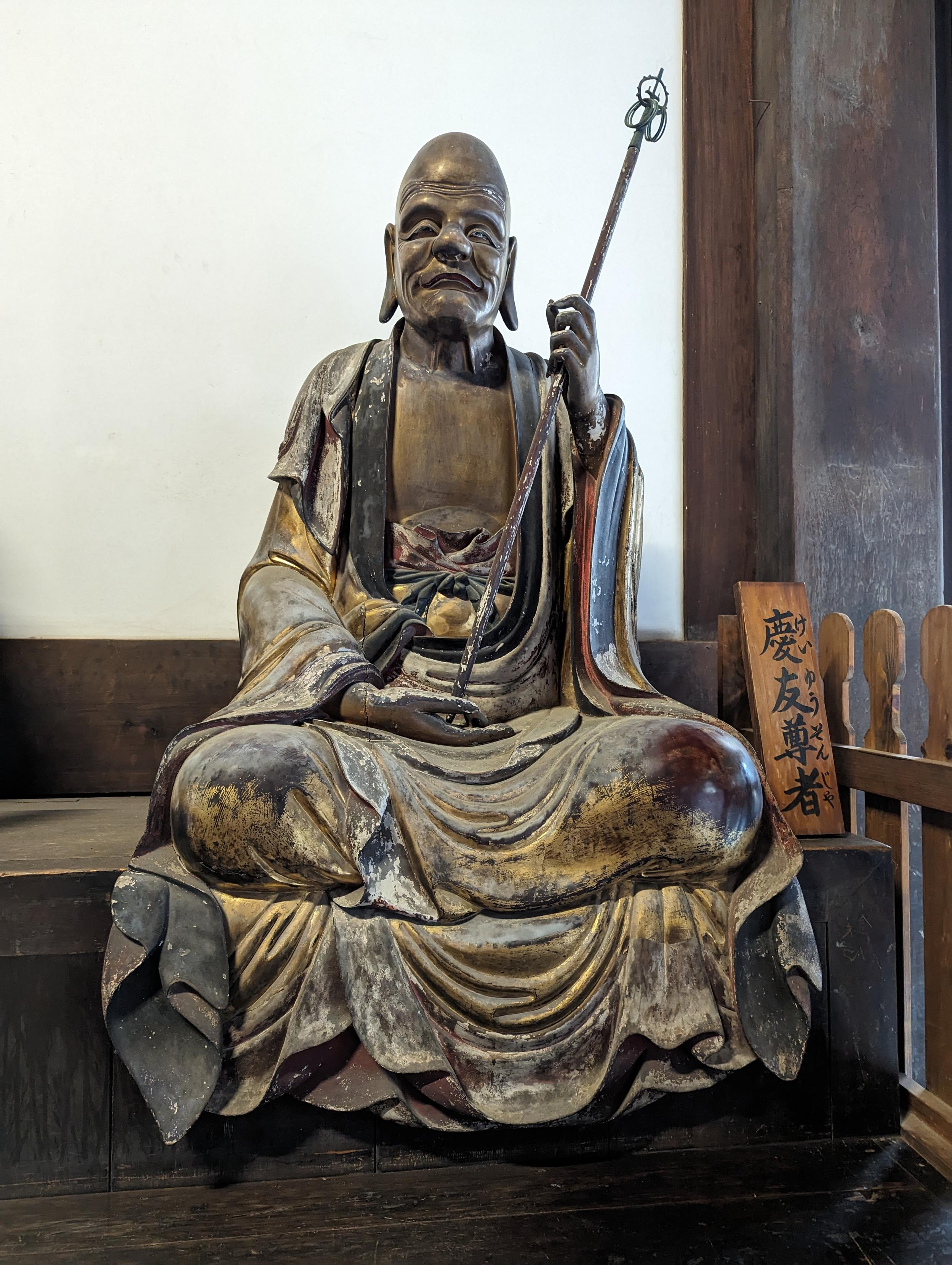
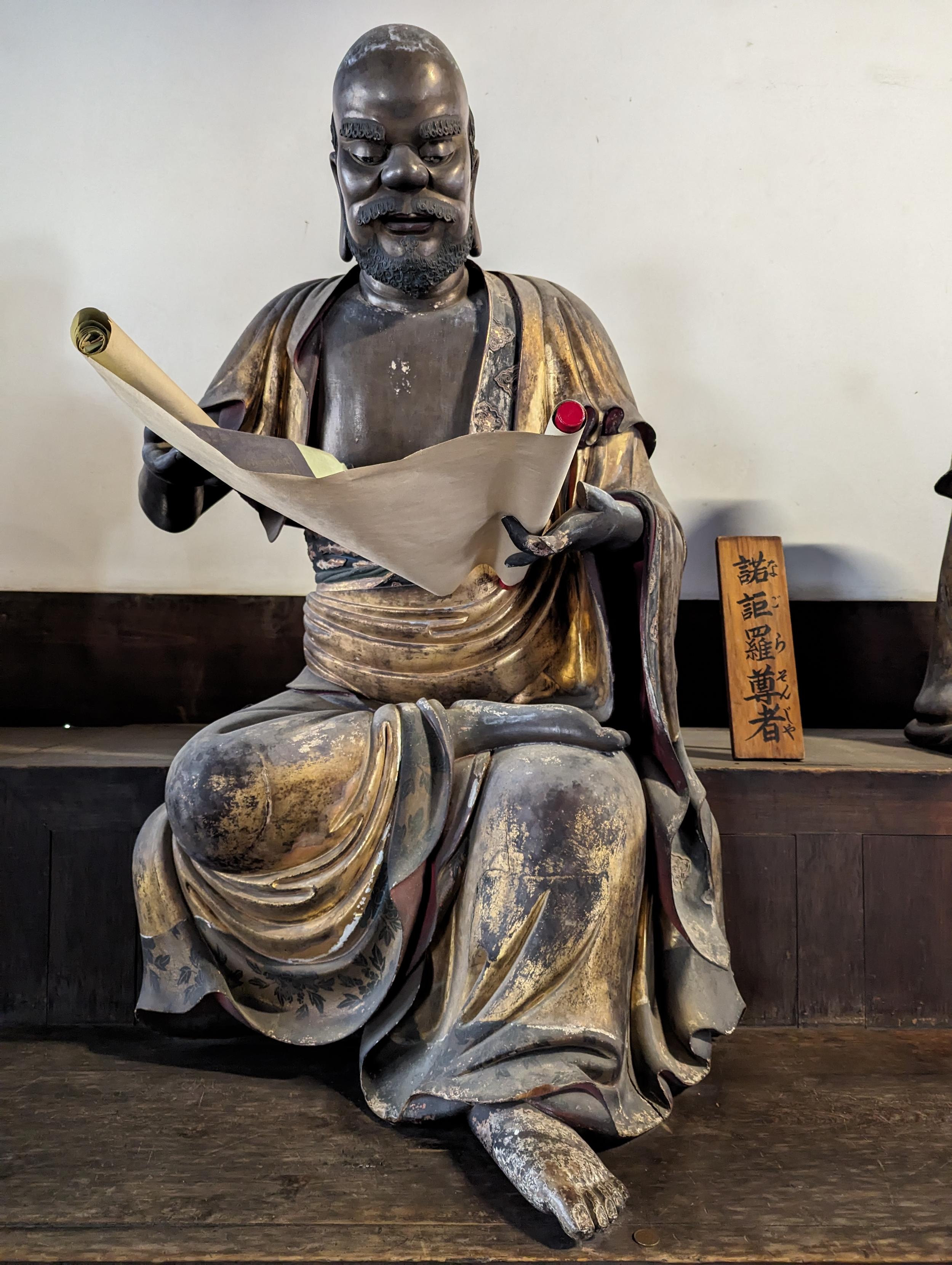
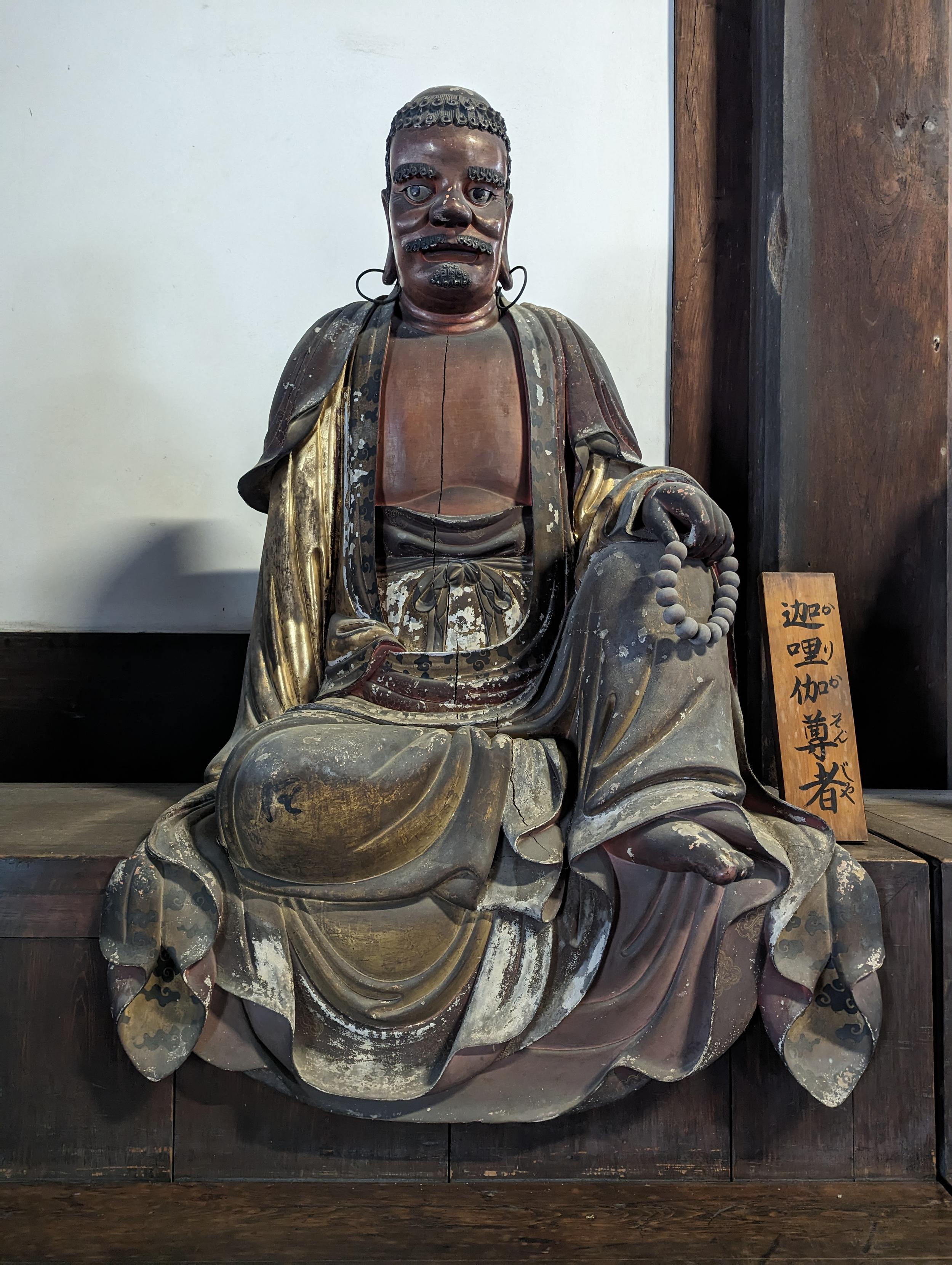

Ingen brought the Ming style of calligraphy to Japan and was exceptionally skilled with a brush.
Along with his disciples Mu'an (木庵性瑫 1611-84) and Sokuhi Nyoitsu (即非如一 1616-71), he was counted as one of the "Ōbaku no Sanpitsu" (黄檗三筆 "Three Brushes of Ōbaku").
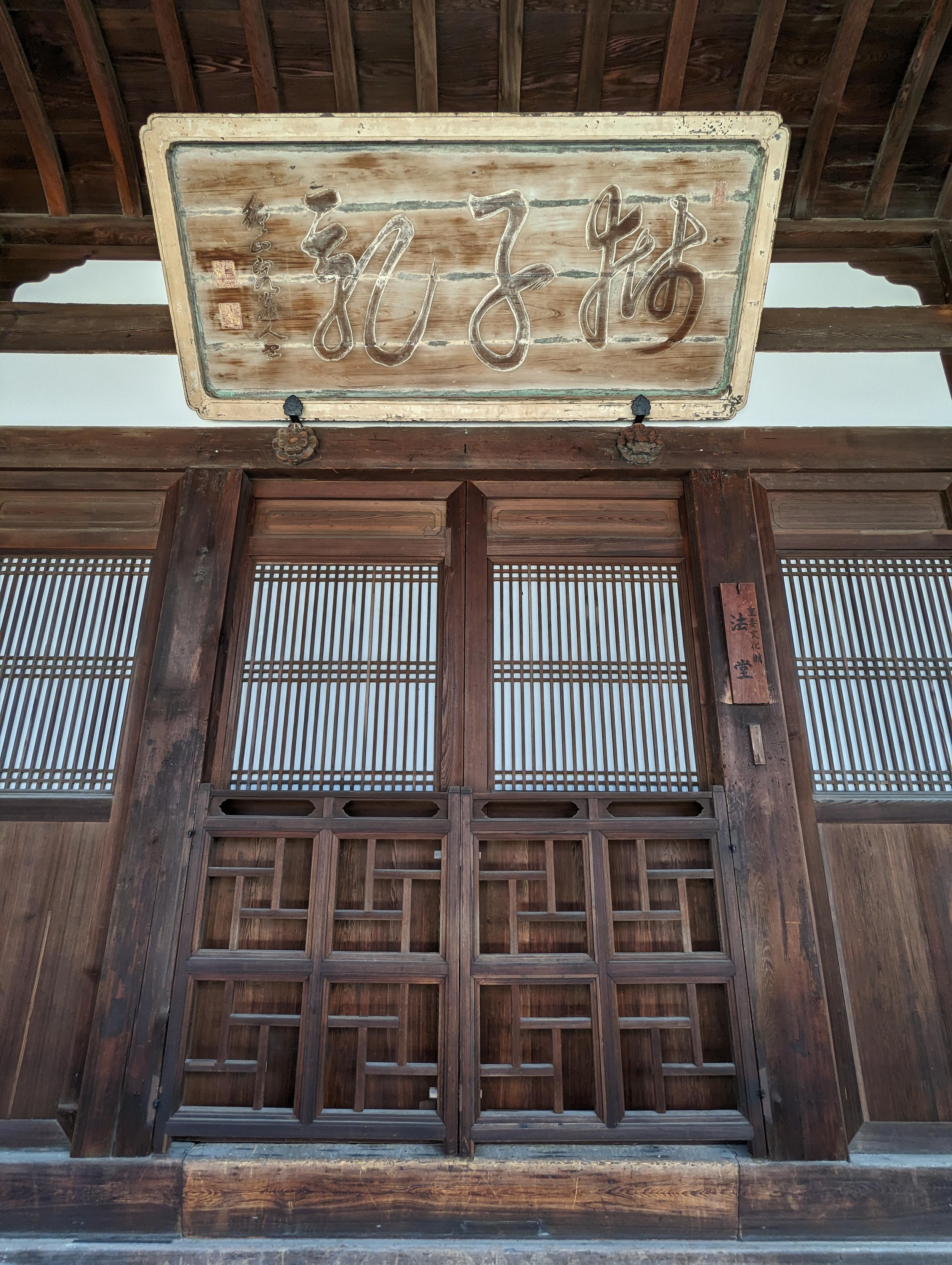


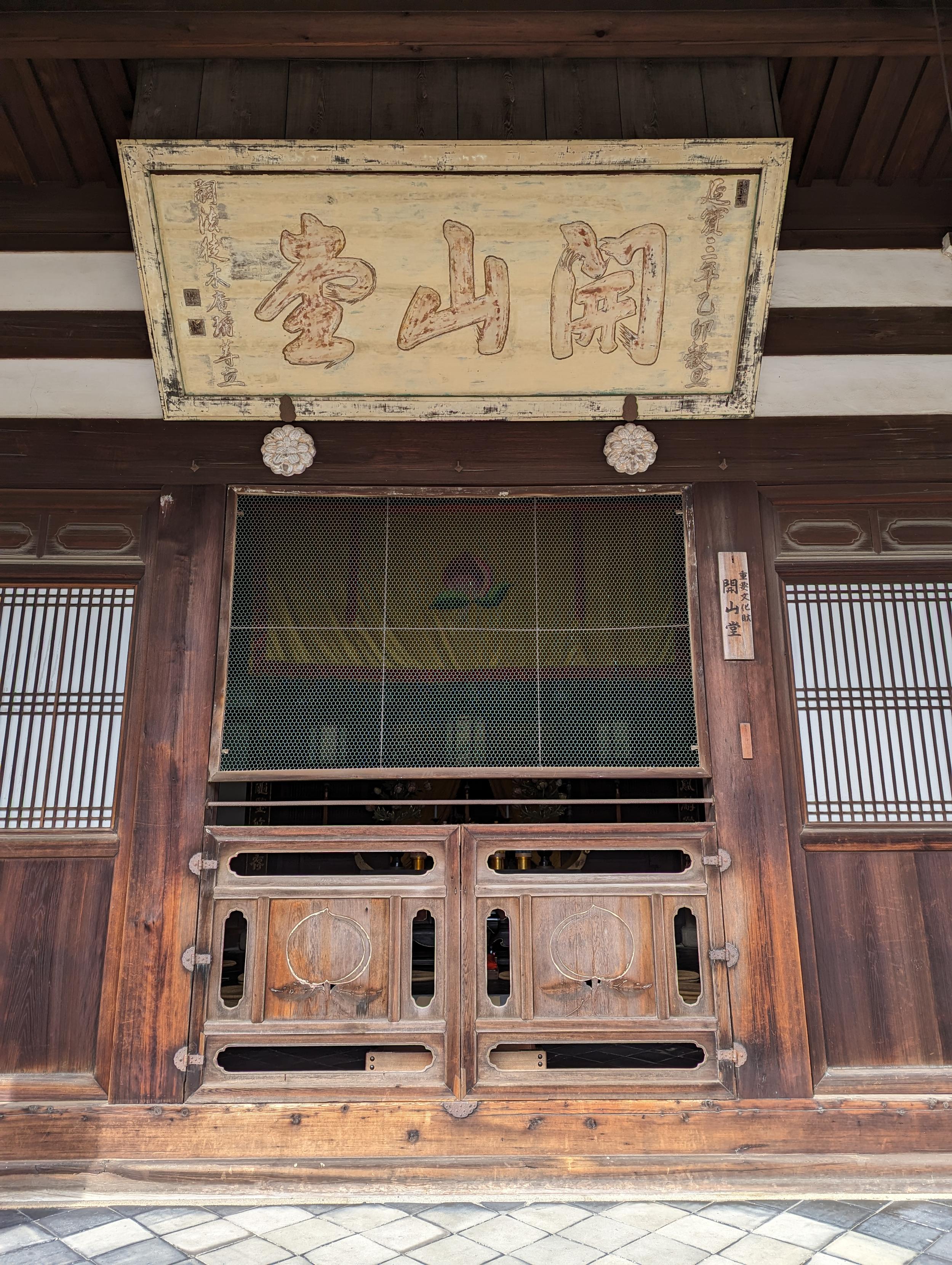
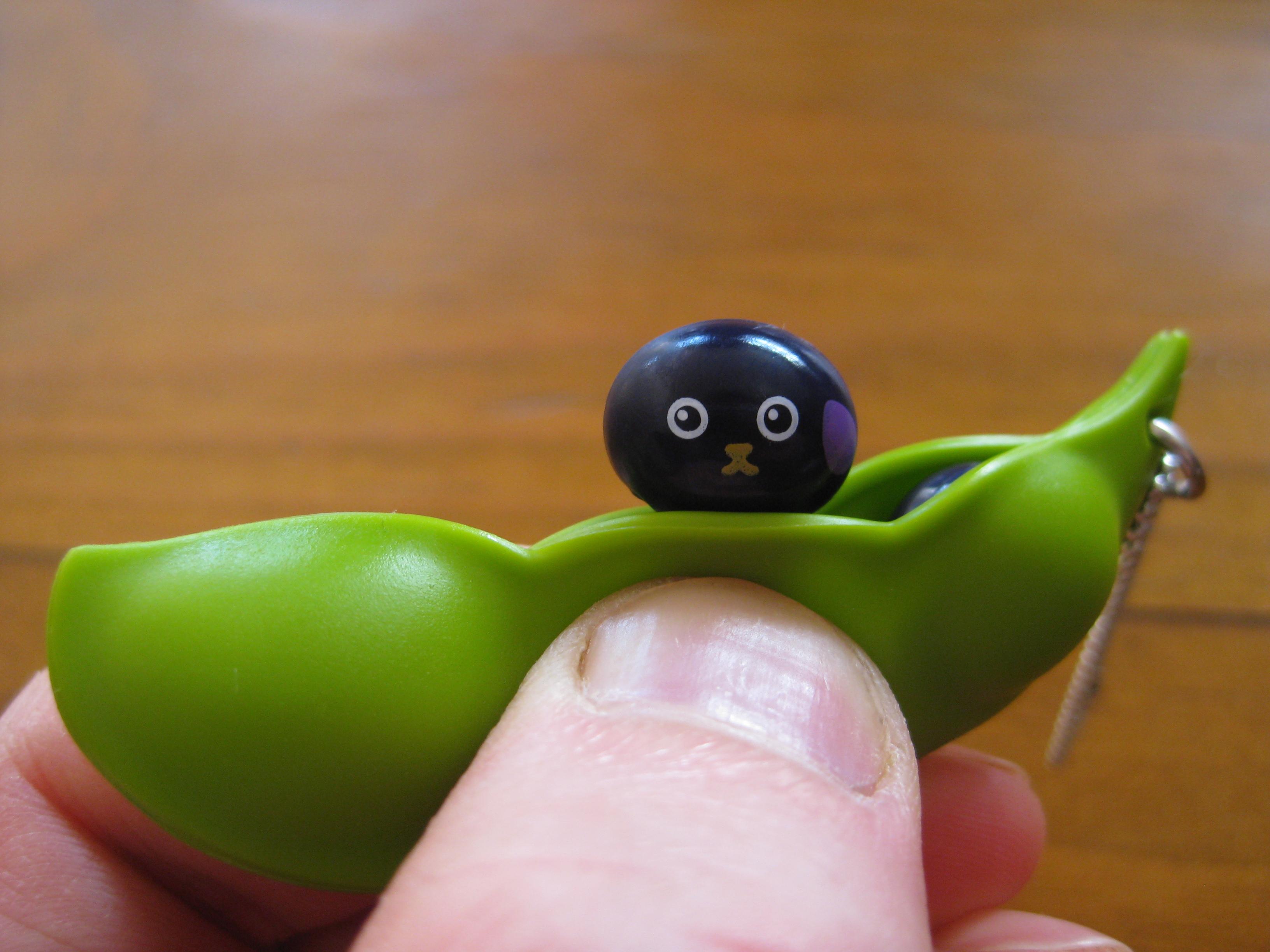

A space for Bonfire maintainers and contributors to communicate